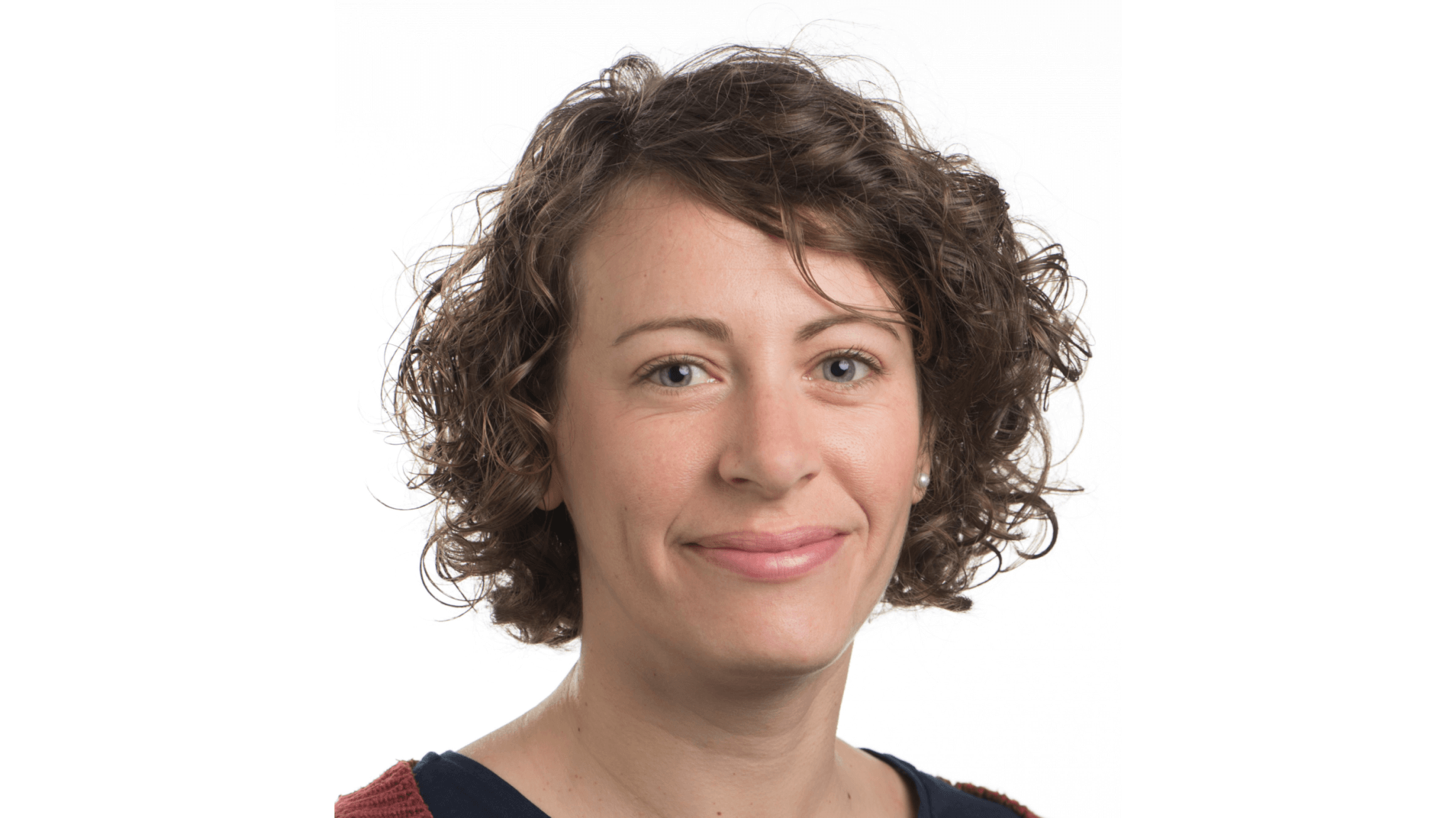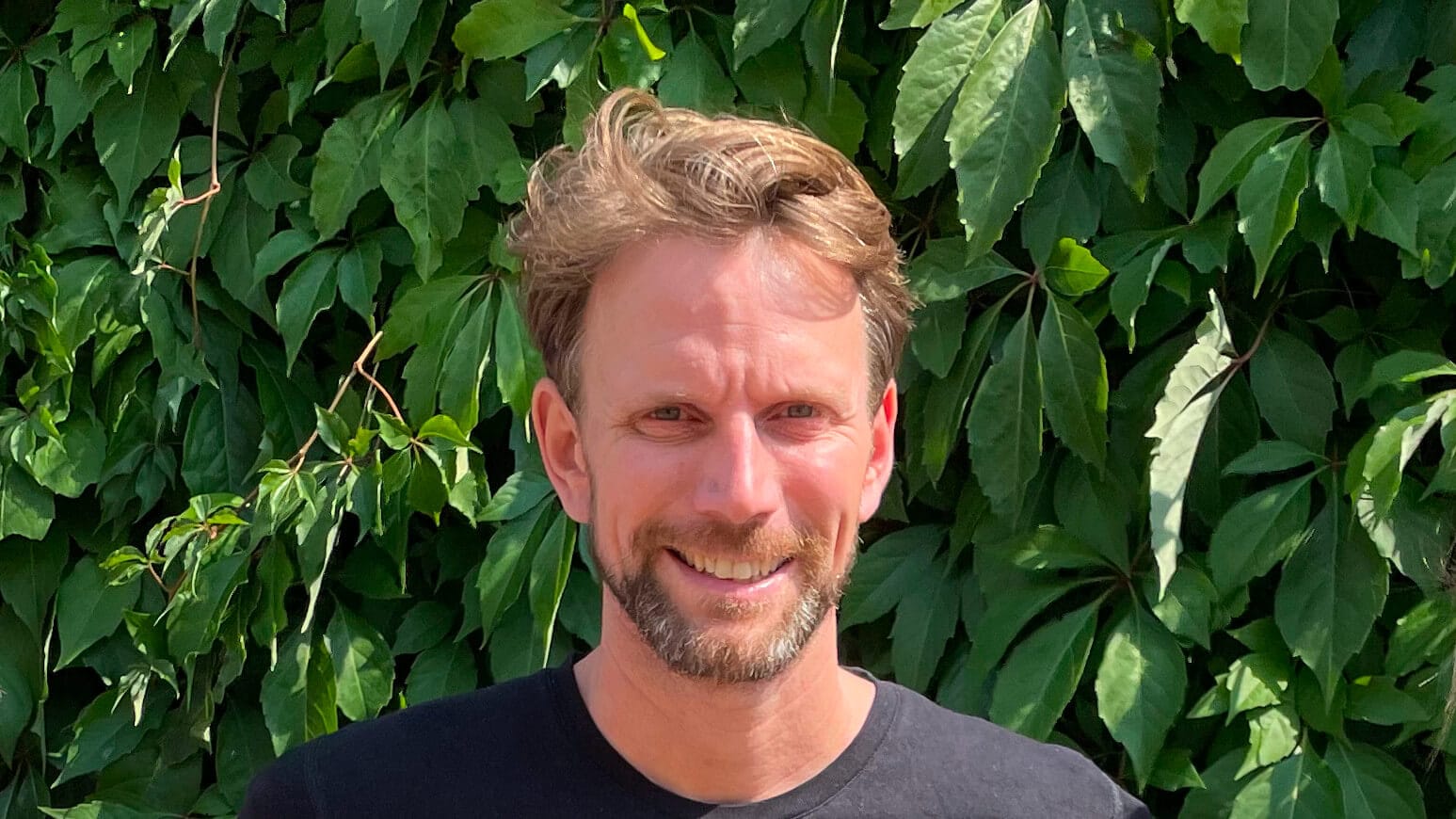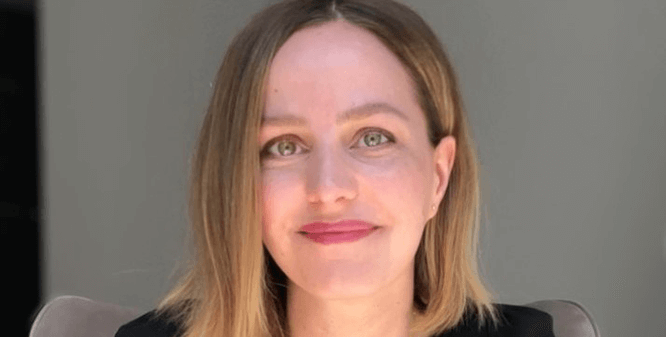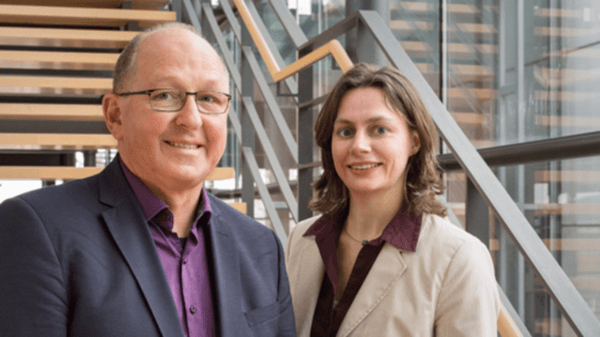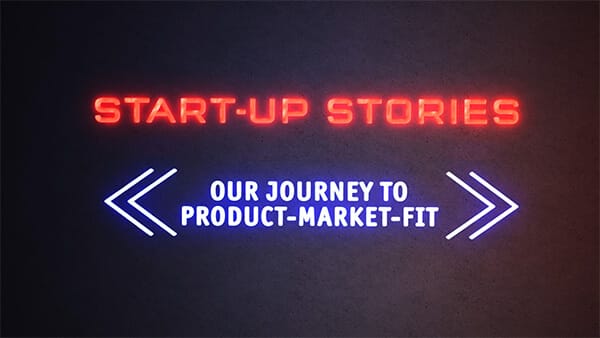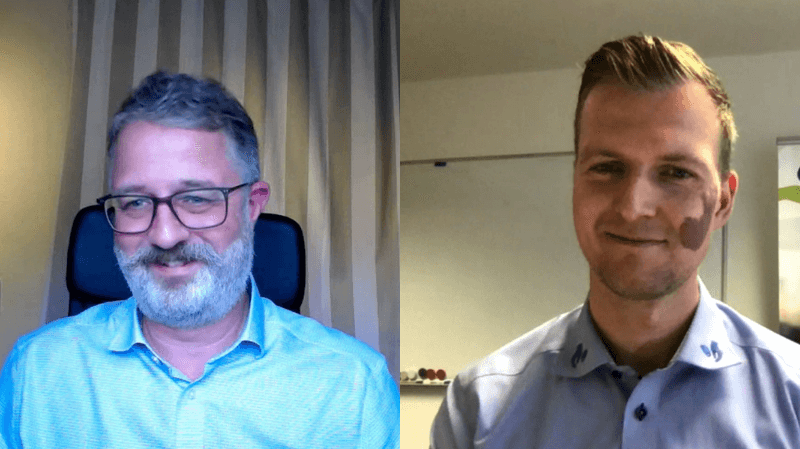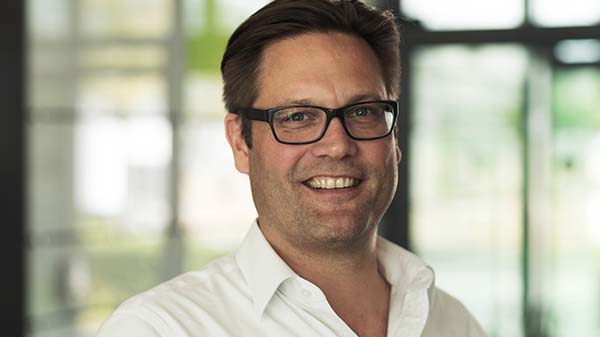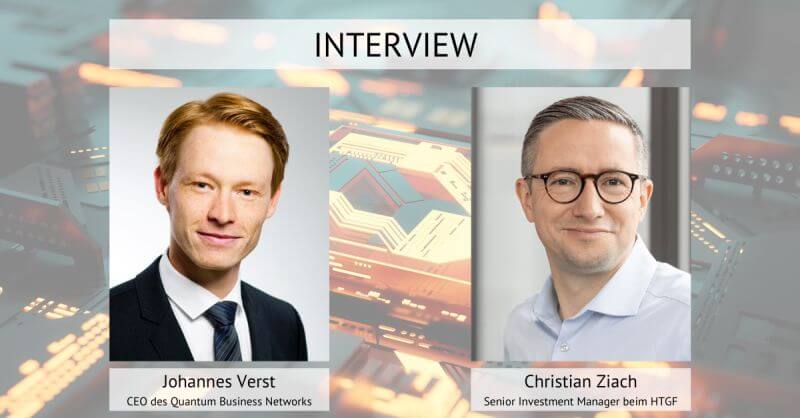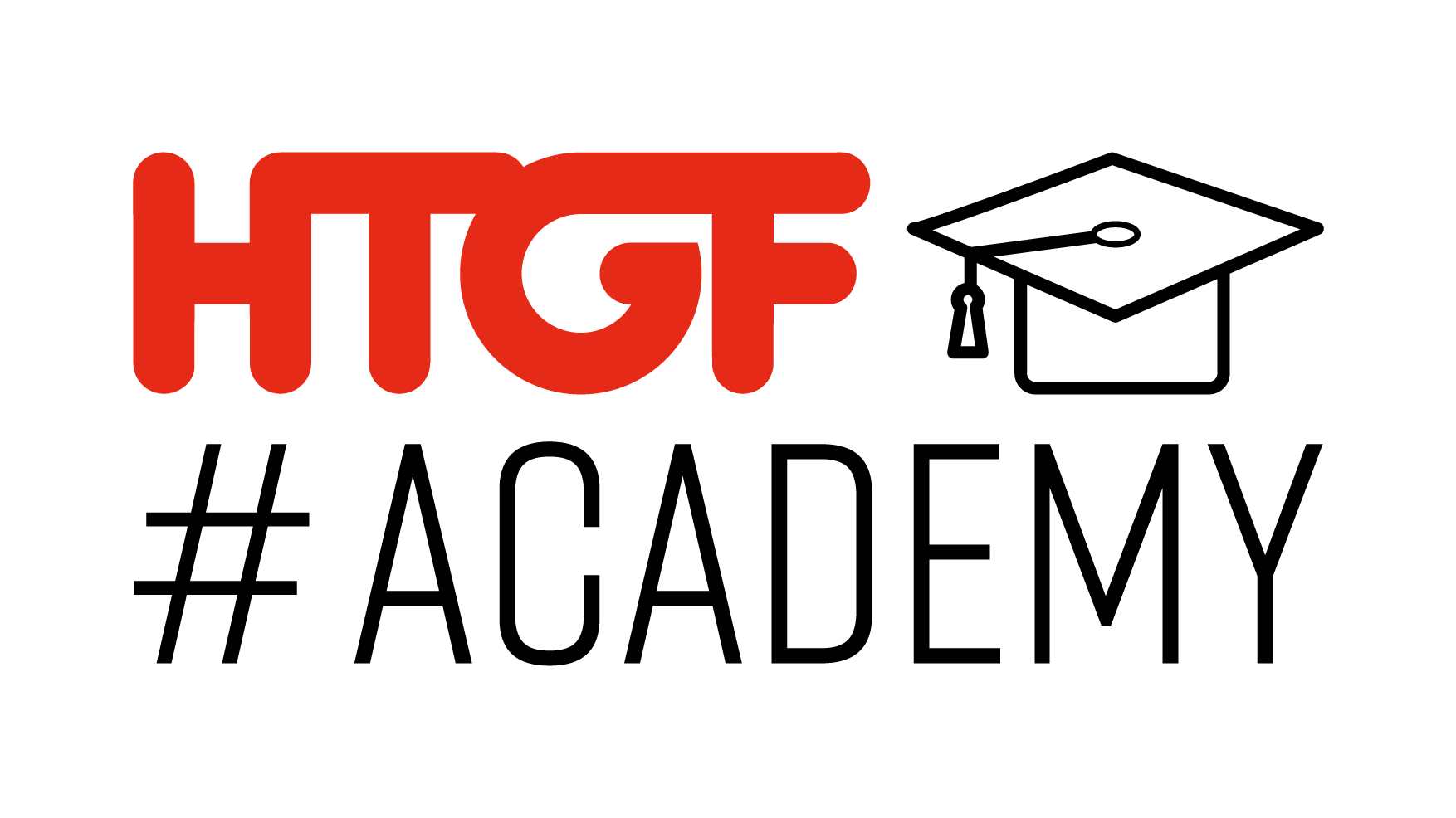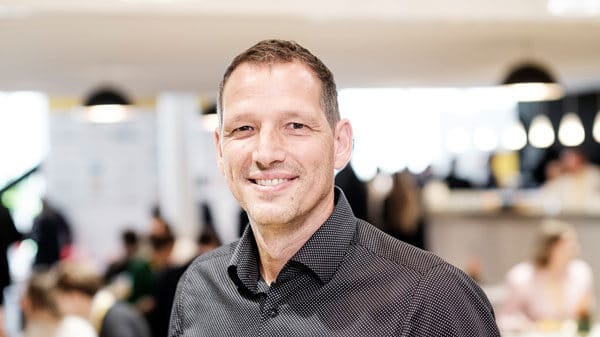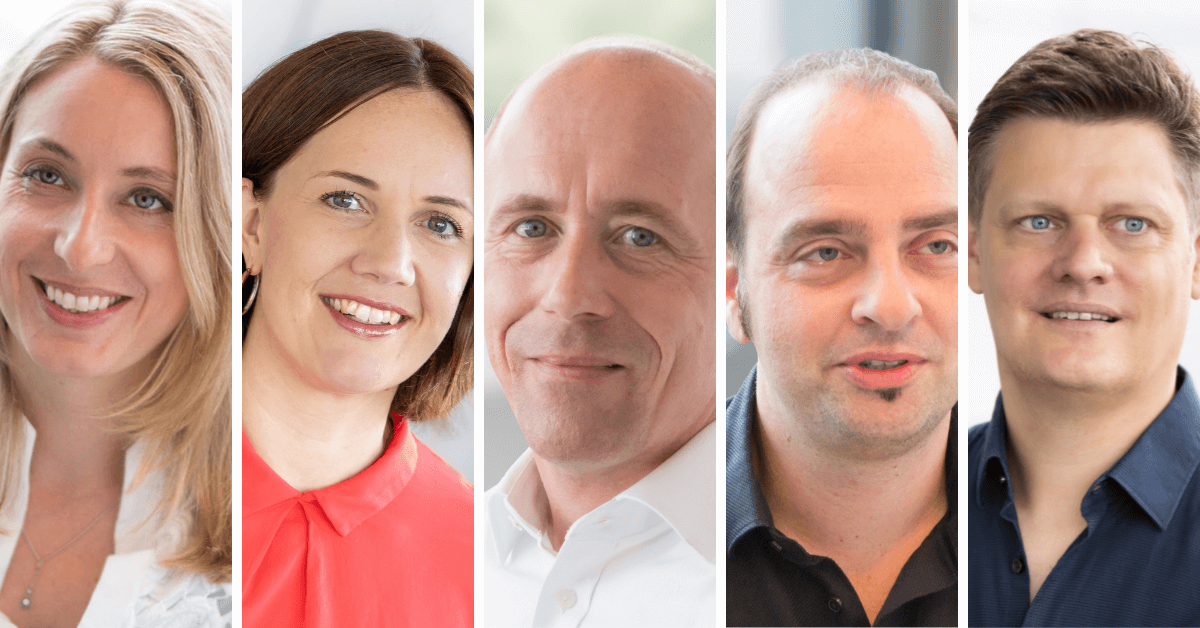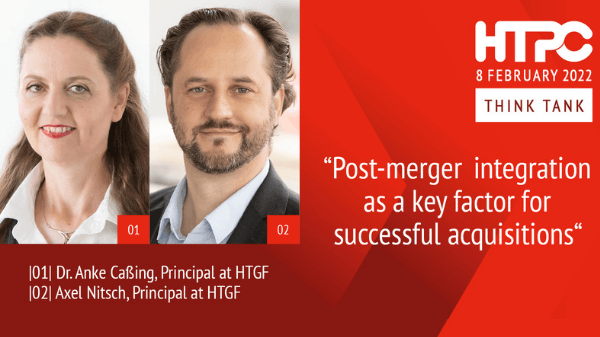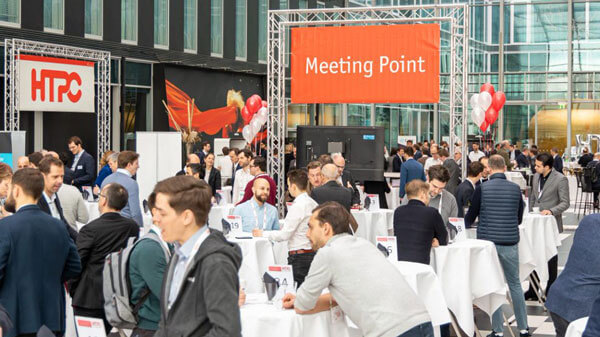Blog
What have you learnt? Episode 3 with Lymphaticas Valentina Triacca
What have you learnt? This is a question we’re putting to company founders from our portfolio. Because if you found a start-up, run a company, make investments or work in management, you are learning something new every single day. You also have to deal with new situations. And continue to develop new skills. To cover the latter aspect, we expanded the HTGF Academy this year to offer a comprehensive programme for company founders. And because we firmly believe in the power of peer-to-p
Blog
Built on a firm belief: The greentech node.energy
“To achieve success, you need perseverance.” It’s a phrase you might hear in the world of professional sport, but it’s also true for entrepreneurs, says Matthias Karger. The former professional volleyball player is now Co-Founder and Managing Director of HTGF portfolio company node.energy. The greentech’s software-as-a-service solution helps companies with their own wind turbines and solar panels to keep on top of their administrative duties and get the most out of their power gene
Blog
What have you learnt? Episode 2 with finmarie’s Rica Klitzke
What have you learnt? This is a question we’re putting to company founders from our portfolio. Because if you found a start-up, run a company, make investments or work in management, you are learning something new every single day. You also have to deal with new situations. And continue to develop new skills. To cover the latter aspect, we expanded the HTGF Academy this year to offer a comprehensive programme for company founders. And because we firmly believe in the power of peer-to-p
Blog
Episode 1 : What have you learnt? With Miriam Mertens and Peter Goeke from DeepSkill
What have you learnt? This is a question we’re putting to company founders from our portfolio. Because if you found a start-up, run a company, make investments or work in management, you are learning something new every single day. You also have to deal with new situations. And continue to develop new skills. To cover the latter aspect, we expanded the HTGF Academy this year to offer a comprehensive programme for company founders and others. And because we firmly believe in the power o
Blog
Our mission? To help more people!
Cervical cancer is the most common type of cancer of the female genital organs. In Germany, there are more than 4,600 new cases of women affected by this tumour each year, according to the German Cancer Society (DKG). Conventional testing procedures are very unreliable. The team at HTGF portfolio company oncgnostics has therefore developed GynTect, a procedure that considerably improves the diagnosis of cervical cancer. The product was recently also approved in China – an important milesto
Blog
From the sandpit to product-market fit: Instagrid features in HTGF Start-up Stories
How do I find product-market fit? How do you find the right idea to start a business? And why is it so important to design a prototype early on? These are just some of the many questions that Andreas Sedlmayr, one of Instagrid’s founders, has got the answers to. In our brand-new series of short video clips, called Start-up Stories, we ask the founders of our portfolio companies to share some important tips and insights directly from the world of business.
Blog
“A strong signal, especially for start-ups”
High-Tech Gründerfonds is launching its fourth fund, HTGF IV, which has secured over €400 million in commitments at first closing. That makes it the seed investor’s biggest fund to date. Dr. Robert Habeck, Germany’s Federal Minister for Economic Affairs and Climate Action, recently announced the first closing of the fund at the HTGF Family Day. In this interview, HTGF Managing Directors Alex von Frankenberg and Guido Schlitzer talk about HTGF’s successful fundraising efforts and exp
Blog
GWA Hygiene and Dräger: From collaboration to investment
How does a company specialized in medical and safety technology with a more than 130-year history end up getting together with a six-year-old start-up? Common goals, collaboration on an equal footing and good partners are key aspects in this regard. That is at least according to Jens Altmann, President Business Unit Data Business at Dräger, and Tobias Gebhardt, CEO at GWA Hygiene. Dräger, a global corporation, recently invested in High-Tech Gründerfonds (HTGF) portfolio company GWA Hygien
Blog
A strong call for entrepreneurship
Think about your business from the perspective of the customer. Make sure you do not become arrogant. These two key tips to scaling companies come from someone who knows what he’s talking about. Prof. Dr. Dr. h.c. mult. Hermann Simon is one of the most experienced economic experts and advisers in Germany. He is also a professor emeritus who has taught at some of the most prestigious universities. In 1985, he founded the consultancy firm Simon-Kucher & Partners. Prof. Simon is the autho
Blog
“We had to scale up the scaling process itself”: An interview with BioNTech’s Dr Oliver Hennig
How do you develop, test and produce a vaccine within an extremely short space of time to combat a disease that little is known about? BioNTech knows the answer. Dr Oliver Hennig, Senior Vice President Operations, is a part of this success story. At HTGF’s High-Tech Partnering Conference (HTPC) on 12 April 2022, he’ll be talking about his experiences during the past months. In this interview, Dr Hennig explains how he and his team went about planning and implementing the production and d
Blog
Quantum technology at the High-Tech Partnering Conference: Experience new opportunities
Many experts believe that quantum technologies will take digitalisation to a whole new level. These technologies are set to unlock more powerful measurement tools than ever before, enhance communication security and support logistics processes – and solve previously unsolvable problems with the help of their vast computing power. But what is the technology already capable of? How can it be leveraged by industry? What are its initial applications? And where do start-ups, the research sector
Blog
The new HTGF Academy: “Knowledge transfer shouldn’t just happen by chance”
Since 2019, High-Tech Gründerfonds (HTGF) has offered a broad spectrum of knowledge to its portfolio companies through the HTGF Academy. The platform is now set to be systematically expanded, with fund investors, entrepreneurs outside the HTGF portfolio and other members of the start-up ecosystem now also benefiting from the seed investor’s nearly 17 years of experience. During that time, HTGF has completed more than 650 seed investments and almost 2,700 transactions. In this interview, A
Blog
“Industrial tech harbours a wealth of innovation potential”
Markus Kückelhaus has spent over 25 years driving innovation, strategy and financial topics for corporations – and has worked with many start-ups in the process. The 53-year-old has now joined High-Tech Gründerfonds as a partner. In this interview, he outlines the opportunities that arise when corporations and start-ups cooperate, takes a look at industrial tech trends, and reveals what he expects from start-ups in Germany.
Welcome to HTGF, Markus. We’re delighted to have you
Blog
Important developments to watch out for in 2022
What trends does next year have in store for us? Five High-Tech Gründerfonds Partners take a look into the crystal ball, reveal the technologies they feel will become relevant, and explain why start-ups need to focus on corporate culture and employer branding from an early stage.
Implementing good ideas very well
In 2022 we’ll be looking beyond the pandemic. If the extreme developments are able to be kept in check, we could see the economy recovering and picking up quite r
Blog
Post-merger integration as a key factor for successful acquisitions
An acquisition is far from over with the signing of a contract – what then follows is the important process of integration. This is why High-Tech Gründerfonds (HTGF) is offering a think tank on this topic at the High-Tech Partnering Conference in February. The aim of the think tank is to discuss the topic with experts from different viewpoints. In this interview, Anke Caßing and Axel Nitsch, both princip
Blog
The added value of collaborations
How can established companies and start-ups develop side by side? The secret is cooperation, to which HTGF attaches particular importance. Alex von Frankenberg, Managing Director of HTGF, picks up on a number of successful examples from the roughly 200 collaborations between portfolio companies and fund investors to show why in some cases one plus one equals three.
Alex von Frankenberg, what would you say are HTGF’s main tasks?
HTGF is a seed investor. And as this description s
